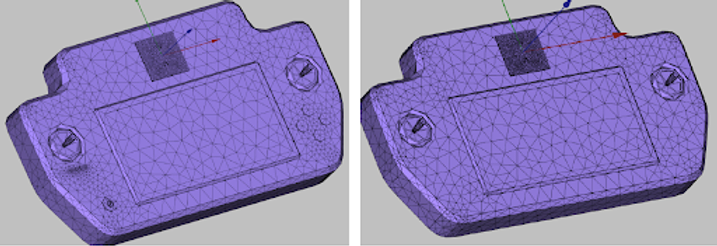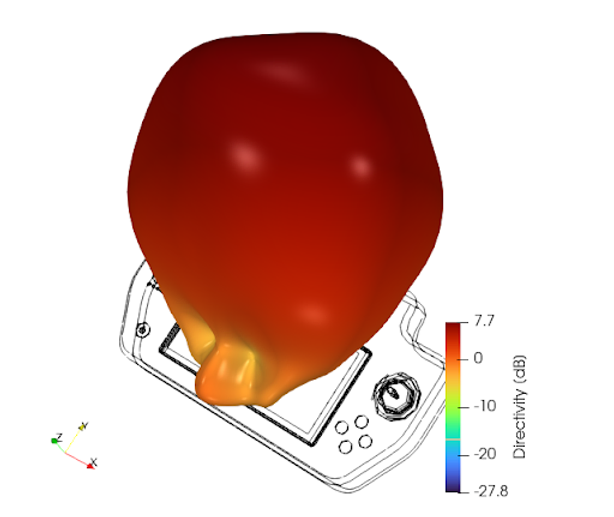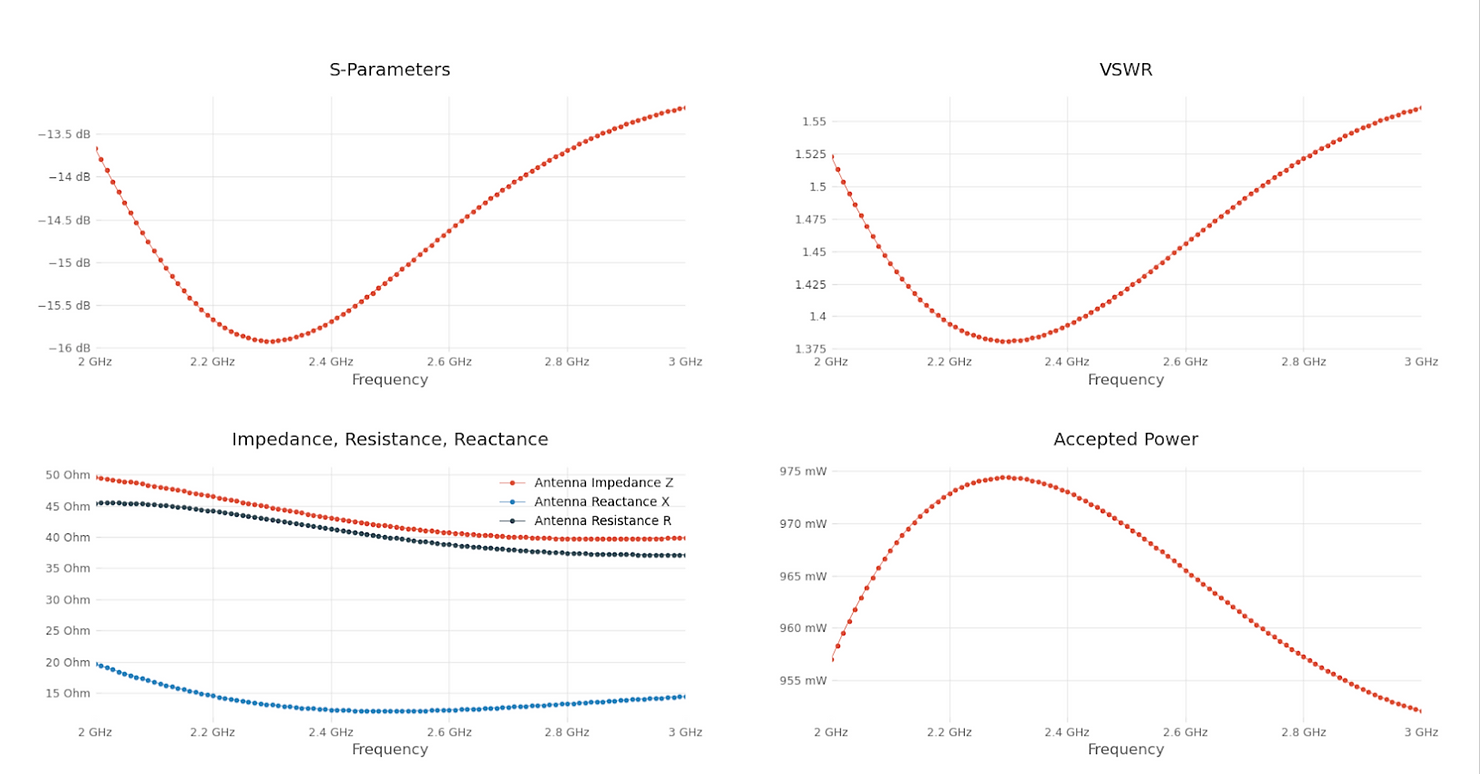CAD quality in drone remote control antenna simulation
Using CAD to simulate the conditions in which an antenna will be used allows the designer to obtain valuable data at low cost. In antenna design simulation the geometry of the model is of great importance since this will determine how accurate the results will be, the simulation time, as well as the difficulty of making the design parameterization.
The ideal scenario in any computer simulation is to recreate a highly detailed geometric model, so that the results are as accurate and close to the real problem as possible. However, this causes a larger mesh to be generated and therefore the simulation time increases considerably. To solve this problem, in most cases, it is possible to omit geometrical details from the model that don’t have a significantly high impact on the physical results.
Depending on the type of antenna, one or more components may be removed in the design, e.g. small buttons. Highly detailed elements such as embedded text or screws can also be removed from your model.

Remote control design with/without small buttons
Very precise features of the antenna model, such as surface texture, can be neglected and replaced by flat surfaces. Similarly, getting rid of unnecessary faces between blocks will facilitate the parameterization of the geometry, as well as simplify the meshing process.

Drone remote control antenna mesh with/without small buttons
Using the tools provided by CENOS Antenna Design Software, a drone remote control antenna was modeled. Two designs were used, the first one with details closer to the real object, while in the second one small buttons were eliminated. For this, it’s important to evaluate the relevance of those parts, taking into account how close they are to the antenna, and delete them if they do not have a significant impact.
The results obtained in both cases were exactly the same, but with a lower computational cost when the small pieces of the control weren’t taken into account. Computing time was reduced by about 30% approximately in this case.

3D radiation pattern of the antenna placed on a drone remote control

2D plots of the antenna placed on a drone remote control
Finally, it’s clear that the more elements a model has, the closer the results will be to reality, however, each geometric detail consumes a significant amount of computation time and compute power. In order to have an optimal simulation, small components that are not part of the antenna
can be eliminated, likewise, the elements that need to be simulated can be simplified with simple geometric figures, since a very detailed part will not have a considerable contribution to the results. It’s important to mention that the behavior of the antenna can also be affected by its position on the structure, an aspect that can be easily measured and visualized using the CENOS Antenna Design Software.


